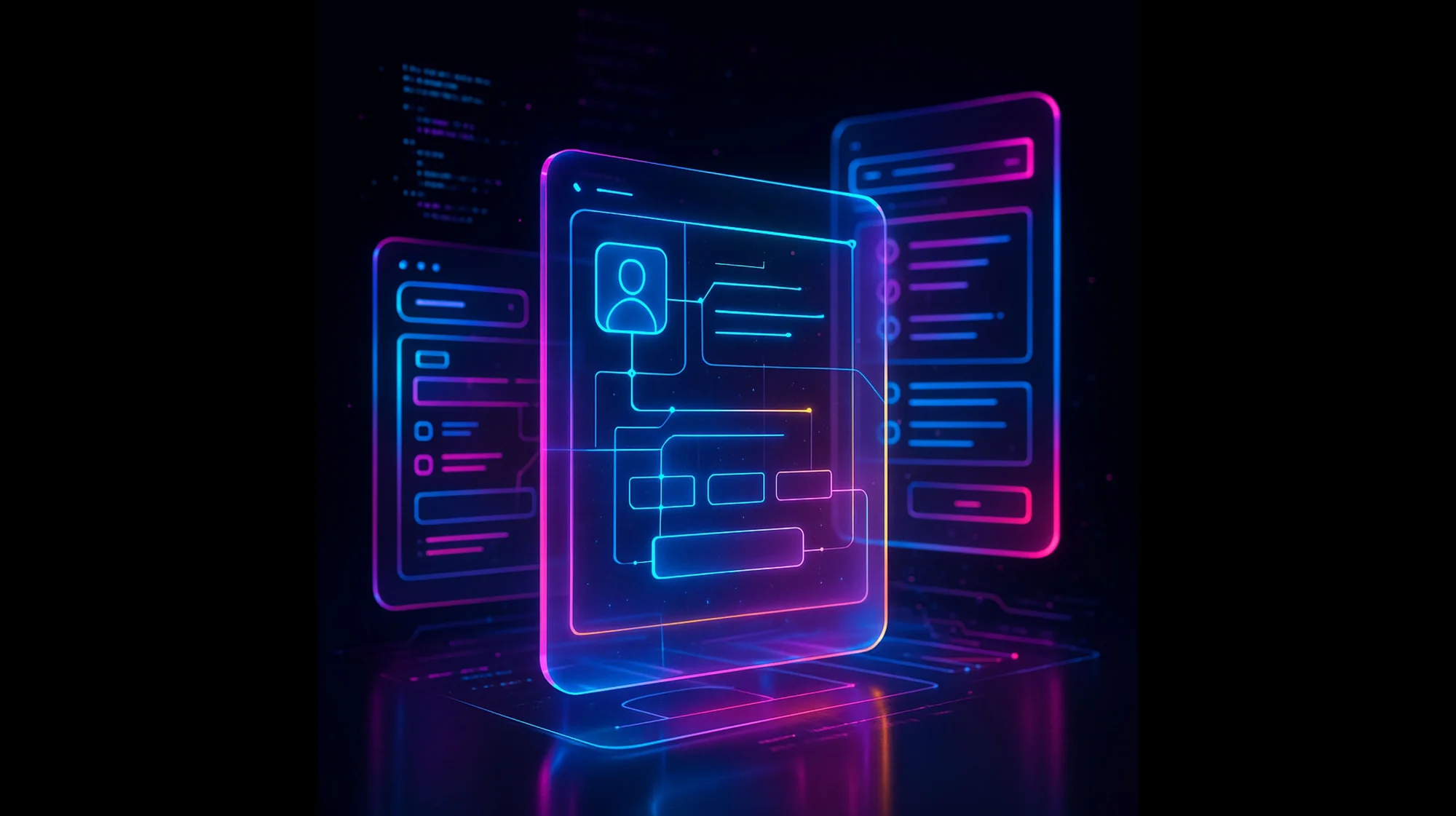Most teams treat automated lifecycle touch points like a “later” problem. But what if it’s actually the growth lever you should pull first? Your going to need a customer engagement platform to get it done!
While you’re fine-tuning SEO, testing ads, or refining outbound plays, your users are already inside your product, waiting for direction. Waiting for value. That’s where lifecycle journeys come in.
Think about the last time you engaged with a campaign that just worked. An email so relevant you screenshotted it and shared with your team. An in-app message so timely it felt like the product read your mind. The right next step was clear, and taking it felt easy.
From first click to lifelong retention, you’ll deliver the right message at the exact right time, every step of the way. With Pendo Orchestrate, you can design those kinds of moments with intention. And in this blog, we’ll show you how.
Here are four lifecycle customer journey mappings you can launch today, with real-world examples of Pendo Orchestrate in action:
1. Re-engage users before they churn
Declines in engagement, like lower login frequency or waning interaction with core features, are among the most reliable leading indicators of customer attrition. In other words, when users start to disengage, it’s not just a minor pause—it’s a loud signal that they might not return.
To solve this, Orchestrate makes it easy to:
- Build dynamic segments using product usage data (e.g., “haven’t used the app in 30 days”).
- Kick off a new user journey with an email that brings them back in-app, then greet them with a personalized guide.
- Keep users in the journey even after they re-engage, so you can guide them toward their next value moment.
Pro tip: Use the “journey entered” condition to keep users in the segment until they’ve completed your retention goal, like activating a core feature.
See how you can re-engage inactive users:
2. Turn everyday users into power users
Some of your users are active but they’re not yet thriving. They log in, click around, maybe complete the basics, but they haven’t discovered the advanced features that truly drive business value. These “high-potential” users represent untapped ROI.
With Orchestrate, users can easily:
- Identify high-potential users based on in-app behaviors, like frequency and depth of usage.
- Highlight advanced features a user hasn’t tried yet using contextual, personalized guides.
- Branch the journey based on each user’s in-app behavior (like if they started to setup their account vs. didn’t set up their account), so every message is timely and relevant.
Pro tip: Set your journey goals based on a feature interaction or page view track events. This helps you track ROI and avoid over-messaging users who are already succeeding.
See how to drive adoption of key features:
3. Launch new features with built-in adoption
Even the most innovative features can flop if users don’t notice or understand them. That’s why launch success isn’t just about “shipping,” it’s about strategic exposure and targeted education.
Orchestrate makes it easy to:
- Exclude new users and early adopters to avoid noise and personalize journeys.
- Segment by page or feature usage to target the right users.
- Use tooltips and lightboxes contextually, then follow up with an email for less engaged segments.
Pro tip: Use branching logic to personalize messages for your most engaged users vs. occasional users. Contextual placement (like tooltips on the feature) works best for active users, while lightboxes or emails can re-engage others.
Learn how to launch new features with Orchestrate:
4. Make onboarding personal (and powerful)
New users are a critical moment for retention, but a one-size-fits-all onboarding experience rarely works. The faster someone sees value, the more likely they are to stick around. That requires personalization at scale.
Orchestrate makes it easy to:
- Combine welcome emails with in-app walkthroughs for a complete experience.
- Personalize based on role, behavior, or company maturity (e.g. new user in a long-time account).
- Choose between goal-driven or goal-free onboarding journeys, depending on whether you want to track completion or deliver every step.
Pro tip: No goal? No problem. Just make sure your segment includes a fallback rule (like, “has entered journey”) so users stay in the flow, even as they age out of the initial “new” criteria.
Watch how to onboard new users with Orchestrate:
Start orchestrating smarter journeys today
Lifecycle isn’t just a retention tactic, it’s a revenue strategy. Tools like Orchestrate are a customer engagement platform that makes it easier than ever to deliver personalized, cross-channel experiences that drive real outcomes.
If you’re already using Pendo for product analytics, in-app guides, or user feedback, Orchestrate helps you stitch those tools together into something more powerful: a cohesive journey that meets users where they are and moves them where you want them to go.
![[object Object]](https://cdn.builder.io/api/v1/image/assets%2F6a96e08774184353b3aa88032e406411%2F39f3ccde352b460cbf348ccc952054cd?format=webp)


